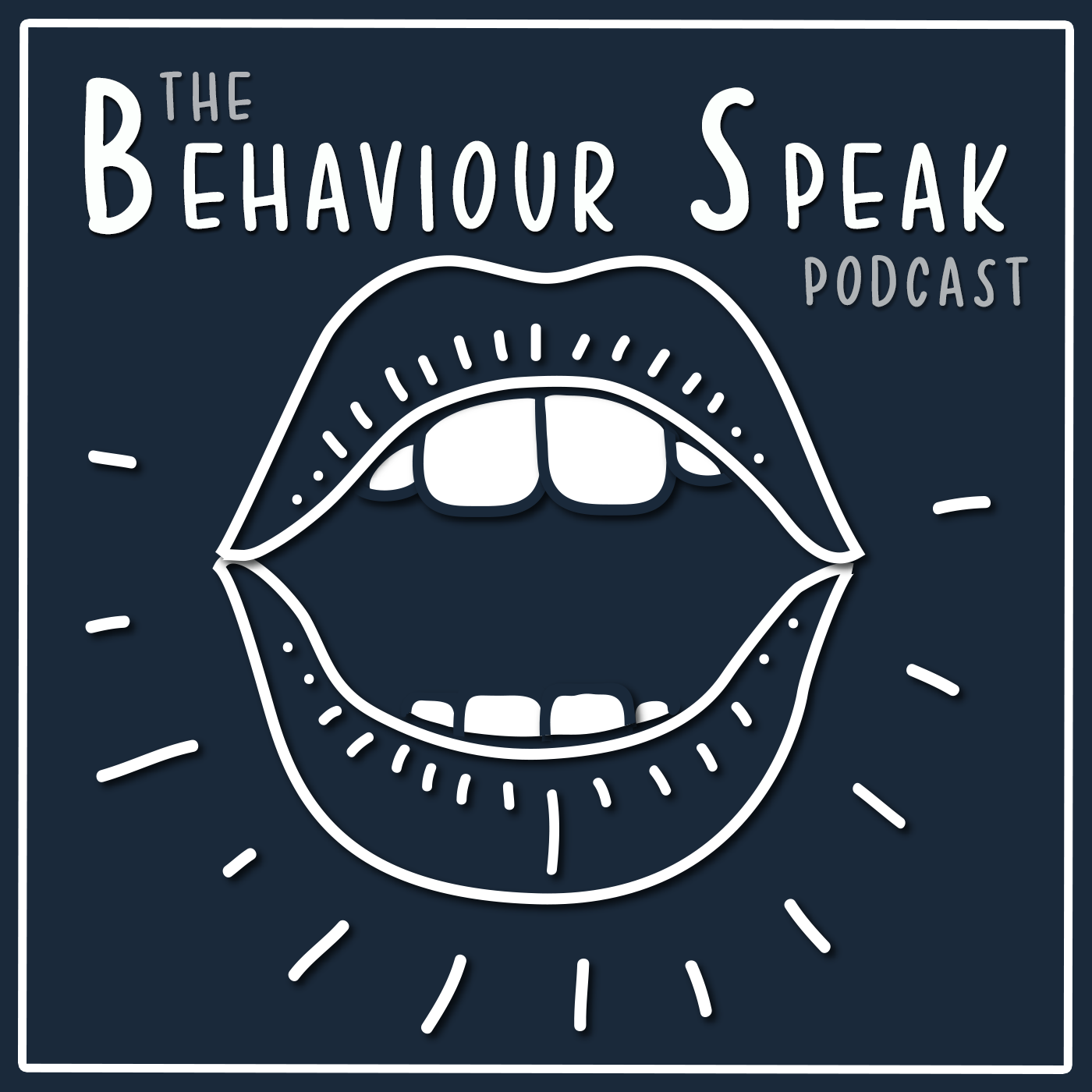
Behaviour Speak with Ben Reiman
Episode 17: Behavioural Gerontology with Dr. Rebecca Sharp, Ph.D., BCBA-D
29 Jul 2021
In this episode, Ben chats with Dr. Rebecca Sharp who directs the Applied Behaviour Analysis programme at Bangor University in Wales. Dr. Sharp's research interests include behaviour analytic approaches to working with people with dementia and traumatic brain injury. Continuing Education Units (CEUs): https://cbiconsultants.com/shop BACB: 1.5 Learning IBAO: 1.5 Learning QABA: 1.5 General Show Notes: University of Auckland: https://www.psych.auckland.ac.nz/en/about/our-courses/applied-behaviour-analysis.html Rebecca Sharp: https://www.bangor.ac.uk/psychology/staff/rebecca-sharp/en Enjoy Old Age - Skinner and Vaughn: https://www.amazon.ca/Enjoy-Old-Age-B-Skinner/dp/0393018059 Articles Referenced: Adkins, V. K., & Mathews, R. M. (1997). Prompted voiding to reduce incontinence in community-dwelling older adults. Journal of Applied Behavior Analysis, 30(1), 153-156. https://doi.org/10.1901/jaba.1997.30-153 Cohen-Mansfield, J., Dakheel-Ali, M., Marx, M. S., Thein, K., & Regier, N. G. (2015). Which unmet needs contribute to behavior problems in persons with advanced dementia?. Psychiatry Research, 228(1), 59–64. https://doi.org/10.1016/j.psychres.2015.03.043 Dixon, M. R., Nastally, B. L., & Waterman, A. (2010). The effect of gambling activities on happiness levels of nursing home residents. Journal of Applied Behavior Analysis, 43(3), 531-535. https://doi.org/10.1901/jaba.2010.43-531 Fahmie, T. A., & Hanley, G. P. (2008). Progressing toward data intimacy: A review of within-session data analysis. Journal of Applied Behavior Analysis, 41(3), 319–331. https://doi.org/10.1901/jaba.2008.41-319 Gallagher, S. M. & Keenan, M. (2000). Extending high rates of meaningful interaction among the elderly in residential care through participation in a specifically designed activity. Behavioral Interventions, 15, 113-119. https://doi.org/10.1002/(SICI)1099-078X(200004/06)15:2<113::AID-BIN46>3.0.CO;2-Y Green, C. W., & Reid, D. H. (1996). Defining, validating, and increasing indices of happiness among people with profound multiple disabilities. Journal of Applied Behavior Analysis, 29(1), 67-78. https://doi.org/10.1901/jaba.1996.29-67 Jackman, L., & Beatty, A. (2015). Using the Newcastle Model to understand people whose behaviour challenges in dementia care. Nursing Older People, 27(2), 32-39. https://doi.org/10.7748/nop.27.2.32.e666 Lucock, Z. R., Sharp, R. A. & Jones, R. S. (2020). Preference for leisure items over edible items in individuals with dementia: A replication. Journal of Applied Behavior Analysis, 53, 1780-1788. https://doi.org/10.1002/jaba.679 Sharp, R. A., Lucock, Z. R. & Jones, R. S. P. (2021). Preliminary investigation of two functional assessment methods for people with dementia: Effectiveness and acceptability. Behavioral Interventions, 36, 93-104. https://doi.org/10.1002/bin.1747 Sharp, R. A., Williams, E., Rörnes, R. et al. (2019). Lounge layout to facilitate communication and engagement in people with dementia. Behavior Analysis in Practice, 12, 637-642. https://doi.org/10.1007/s40617-018-00323-4 Williams, E. E. M., Sharp, R. A. & Lamers, C. (2020). An assessment method for identifying acceptable and effective ways to present demands to an adult with dementia. Behavior Analysis in Practice, 13, 473-478. https://doi.org/10.1007/s40617-020-00409-y
No persons identified in this episode.
No transcription available yet
Help us prioritize this episode for transcription by upvoting it.
Popular episodes get transcribed faster